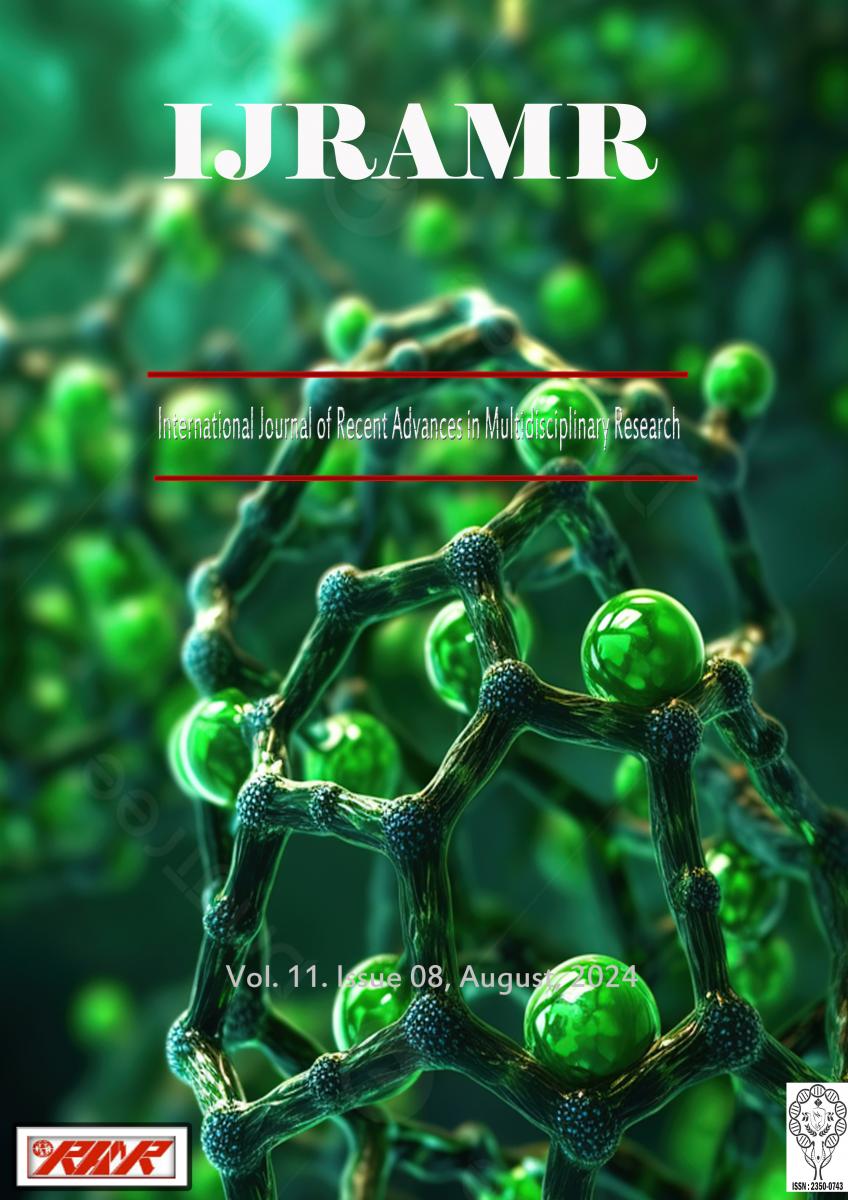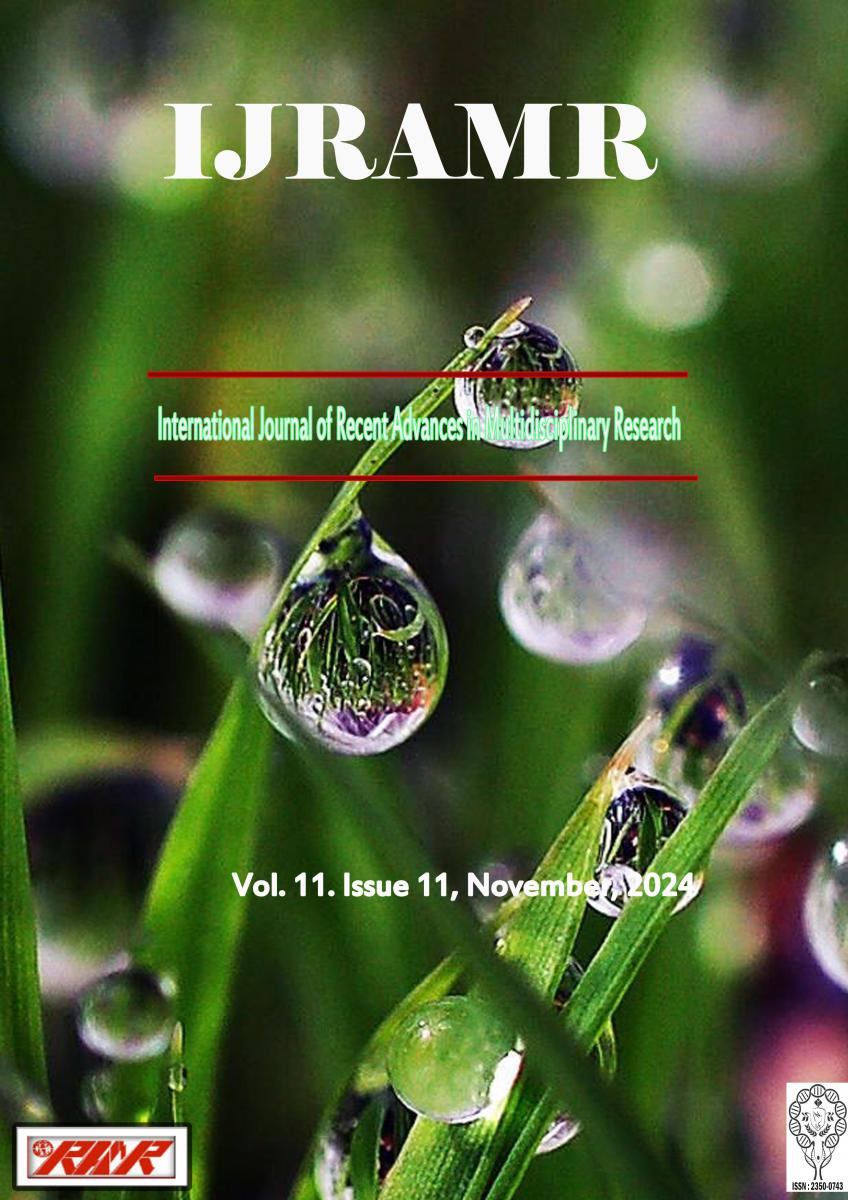This paper attempt to analyze the spatial distribution of settlement patterns in Dhankuta district, eastern hills, Nepal. Because geographers use the word spatial as an essential modifier in framing their questions and forming their concepts. But the spatial distribution of settlement patterns and their relations in a geographic space cannot easily be observed. In this context, Nowadays, geographers are interested to interpret such challenging matter in the landscape by employing various methods, tools and techniques. They have popularly used a point pattern method to identified spatial patterns of settlements on a map. This paper applies the nearest neighbor index computing with the help of both statistical techniques and ArcGIS software. It is very popular to detect locational arrangements of settlements, schools, hospitals and other service facilities in the study area. Settlements were identified from a map based on local level government units. Data were collected through automated and manual calculations. Both methods were used to calculate the index of the nearest neighbor and Index of dispersion through quadrat maps. The calculated nearest neighbor index of Dhankuta district (8.66) shows that the patterns of settlement in the Dhankuta district seemed dispersed. Whereas, the entire local level pattern is more random than dispersed (1.11-1.30). This indicates that the spatial patterns of settlement in the local levels of the Dhankuta district are randomly distributed. However, the Index of dispersion of this district result (1.32) indicates that the patterns tend towards the cluster. Similarly, the index of dispersion of the entire local levels seemed (1.06-1.46) dispersed.






